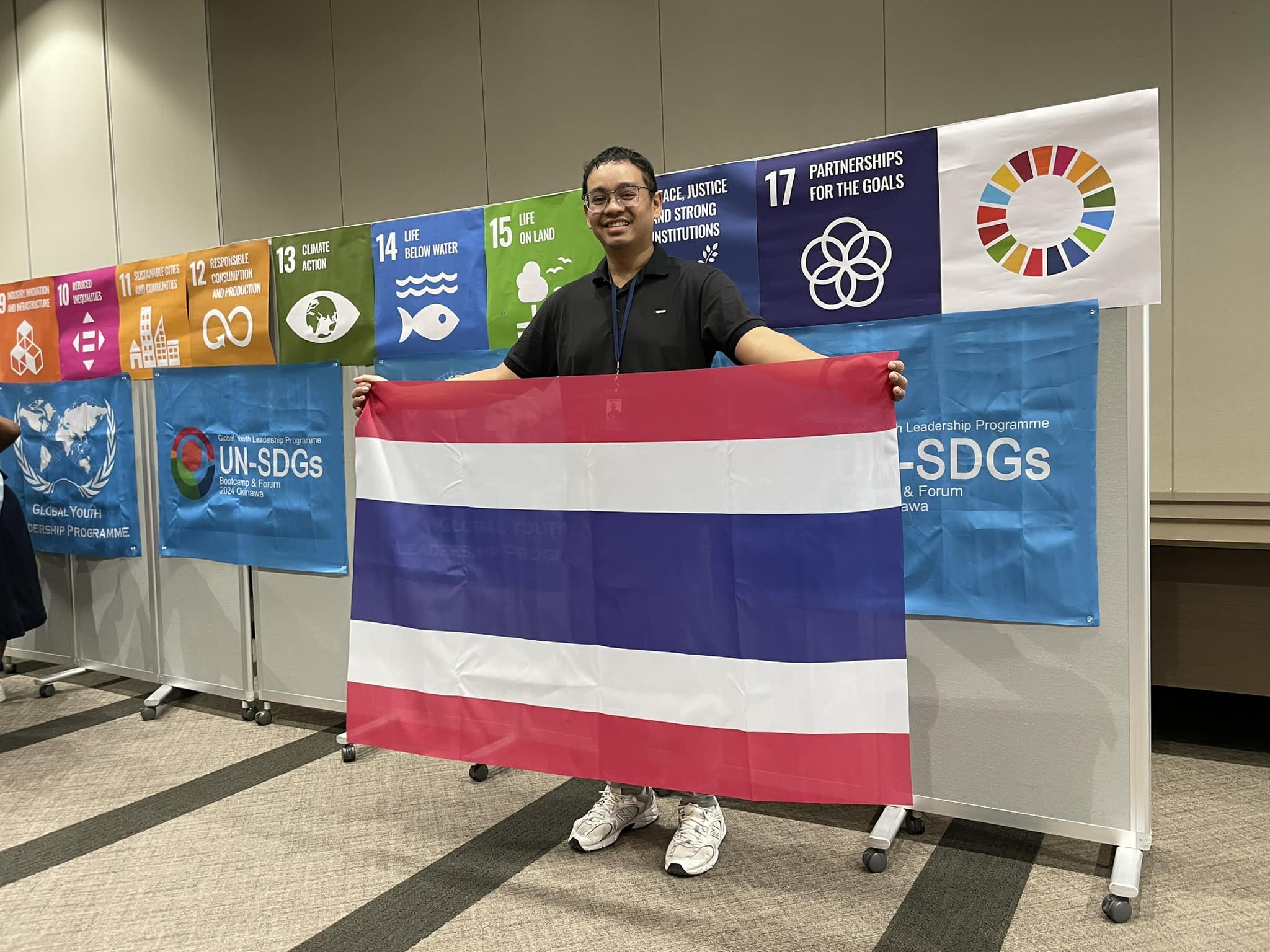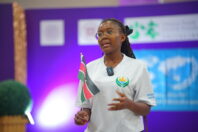I’ll be honest—when I first started teaching the SDGs to my Taiwanese students, they felt like colorful posters on a classroom wall. Abstract. Distant. That changed when I paired my students with peers in Kenya through a digital exchange project. Suddenly, my students were comparing the typhoons that flooded their neighborhoods with the droughts that threatened their Kenyan friends’ water supply. Same goals, different realities, but equally urgent. Watching them connect across continents, I realized the SDGs were not just policy frameworks; they were bridges between real people facing real challenges.
This revelation led me to Okinawa, where I joined a youth leadership program that completely shifted how I understood climate action. Picture this: a room full of young people from around the world, each assigned to represent a country in mock climate negotiations. I was tasked with representing a middle-income country balancing development needs with climate vulnerability—something that resonated with Thailand’s own challenges. We had to draft national commitments, argue for funding, and somehow find common ground.
At first, I repeated everything I had memorized from textbooks—“just transition,” “loss and damage,” all the climate jargon that I thought made me sound informed. But once the negotiations began, my textbook knowledge crumbled. The delegate representing a small island state looked me straight in the eye and said, “Five more years of delays means my village disappears underwater.” The participant playing the U.S. countered with concerns about coal miners losing jobs and energy security.
Suddenly, this wasn’t academic anymore. These weren’t abstract negotiating positions—they were people’s lives, livelihoods, and futures. I scrambled to find solutions that could work for everyone. The breakthrough came when we stopped arguing about who was right and started asking: *What do we all want?* Clean air for our children. Safe jobs. Food security. When we focused on shared benefits instead of competing interests, we actually began to make progress. That was when I realized leadership isn’t about being the loudest voice in the room—it’s about asking the questions that help everyone see they’re on the same team.
During our discussion sessions, I shared stories from home. I told them about the monks in southern Thailand who taught children to plant mangrove seedlings, creating natural barriers against storms while storing carbon. I described my grandmother’s philosophy of “sufficiency economy”—living within one’s means and building resilience from within the community. From Bangkok, I shared examples they could visualize: canals being restored as flood-control systems and public parks, or elementary students tracking solar panels on their school rooftops, excited about every kilowatt generated. These weren’t flawless success stories—just real people experimenting with real solutions.
When we finally drafted our “Okinawa Declaration,” it was modest—nothing close to the Paris Accord. Yet the process itself was transformative. I learned that when priorities clash, progress often begins with the smallest common ground. From there, trust grows, and bigger agreements become possible.
Everything I learned in Okinawa followed me back to Bangkok, where I helped host an SDG forum centered on our city’s “green lung”—the communities of Bang Krachao and Bang Nam Phueng. These riverside neighborhoods have pioneered a form of eco-tourism that benefits everyone: fruit vendors, fish farmers, teenagers leading bike tours, and grandmothers selling homemade snacks.
My role was to welcome international participants into this living classroom. I didn’t want to offer a polished presentation; I wanted to show a messy, beautiful example of sustainability in action. We walked narrow village paths shaded by fruit trees, listened to vendors explain how they balance conservation with earning a living, and watched children play in spaces their parents fought to protect. It was not theory, it was life. Just as in Okinawa, I saw how leadership emerged not through speeches but through dialogue—through countless small negotiations that made the global goals tangible at the community level.
This whole journey taught me that I had been thinking about the SDGs in the wrong way. I once believed that understanding them meant memorizing targets, statistics, and frameworks. After Okinawa and Bangkok, I now see the SDGs as a kind of literacy: the ability to read a place, to negotiate trade-offs, and to design small experiments that invite others to join. The goals live not in documents but in relationships—between teachers and students, between nations, and between communities and their environment.
Looking back, I feel deeply grateful. Grateful for an island that became our classroom. Grateful for peers who challenged my assumptions with kindness. Grateful for communities that opened their doors to curious young visitors. The SDGs remain ambitious—maybe even impossibly so. Yet I carry a new conviction: meaningful change happens when global aspirations meet local creativity, carried forward by people willing to keep asking better questions and building bridges one conversation at a time. In the end, I no longer see the SDGs as posters on a wall. I see them as pathways that connect global goals to local action—pathways I am proud to walk, and to help others walk alongside me.



